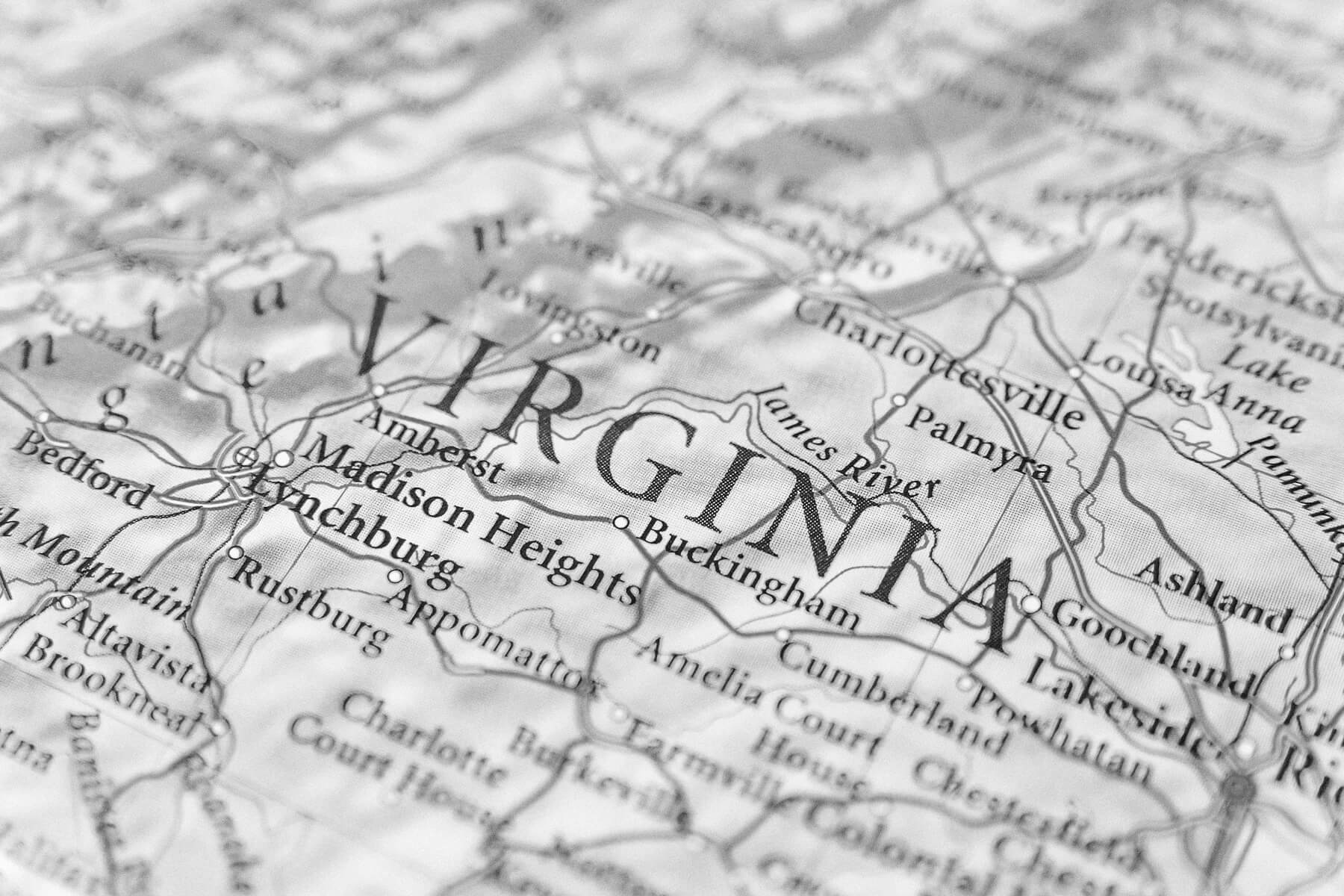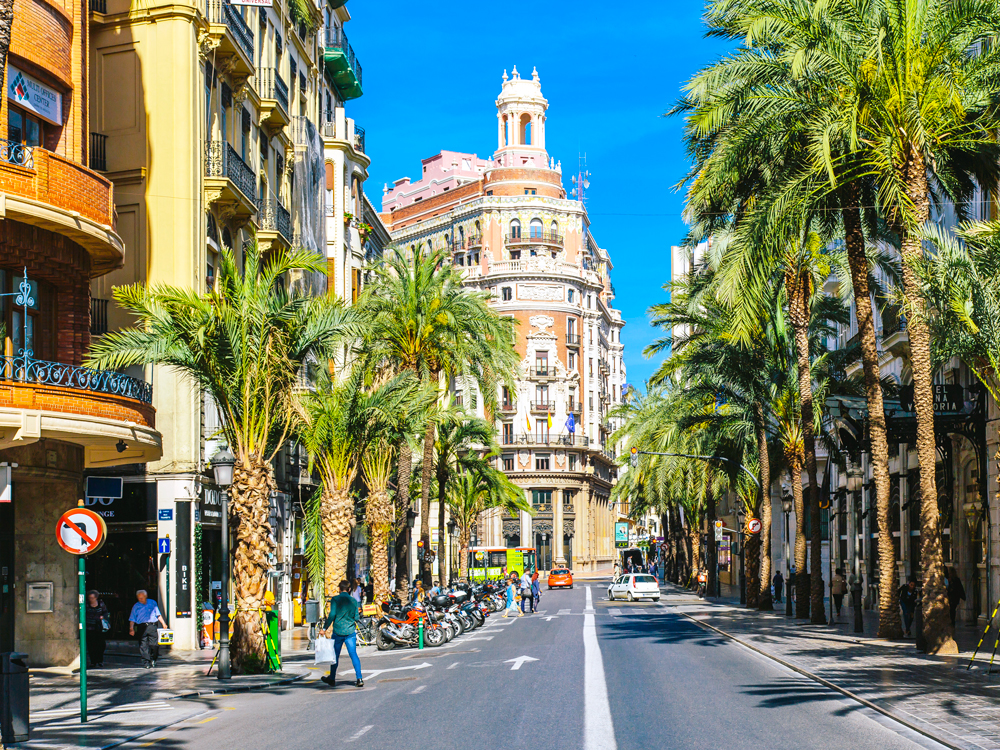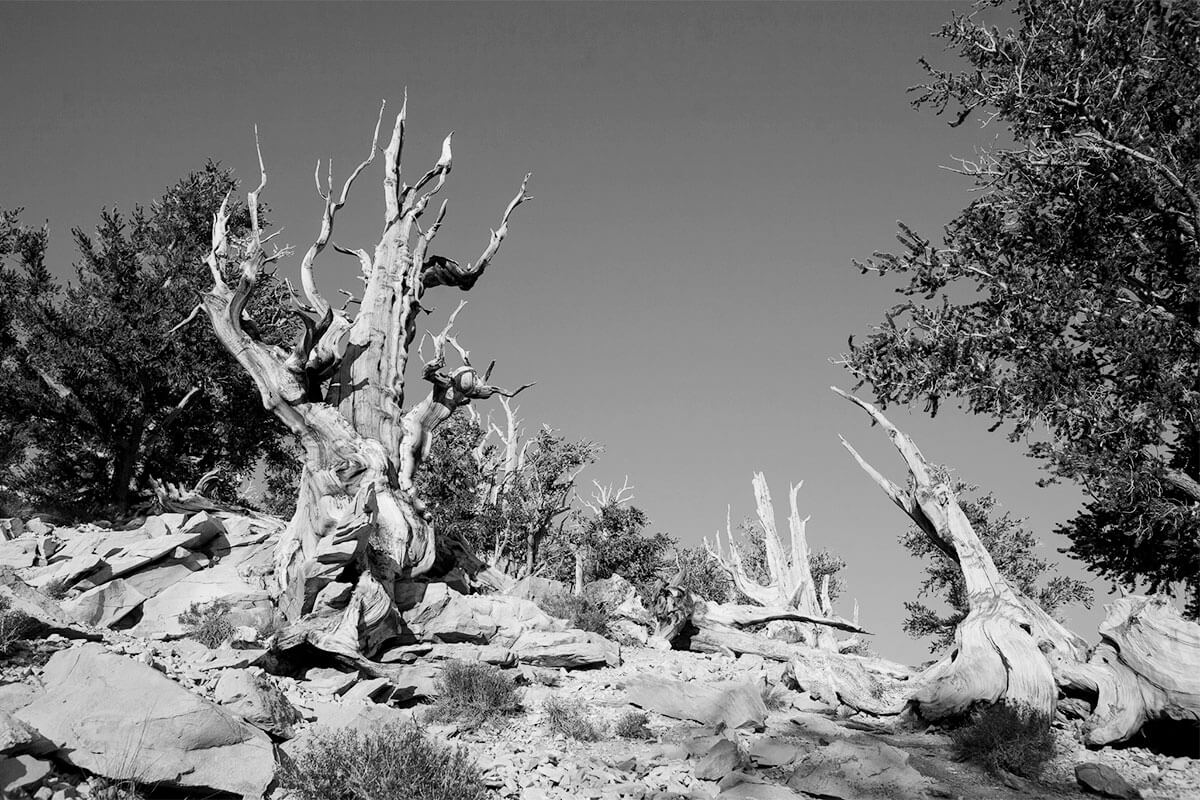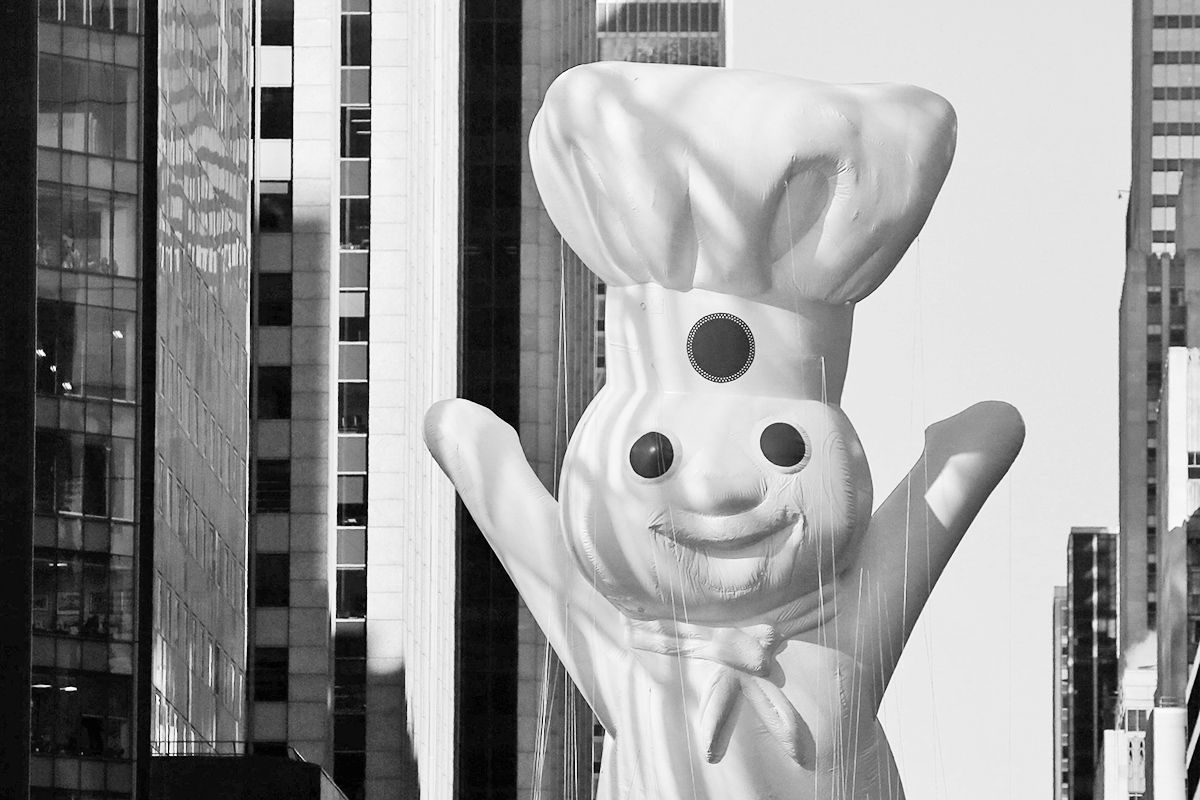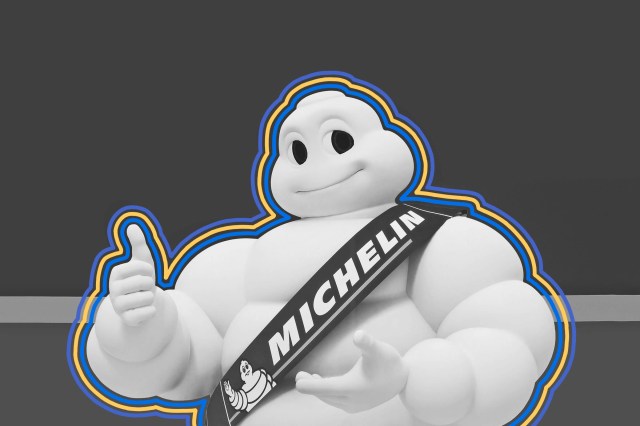7 Facts You Might Not Know About Stonehenge
Original photo by Ahrys Art/ iStock
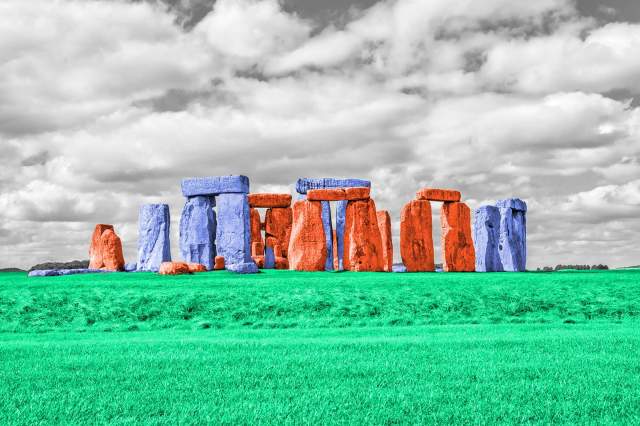
The enigmatic Stonehenge is one of the world’s most famous monuments. Located in Wiltshire, England, it features 100 massive stones positioned upright in a circle. Completed by Neolithic builders around 2500 BCE, Stonehenge took roughly 1,500 years to create. The questions of how and why it was constructed have fascinated scholars and history buffs for centuries — so it’s no surprise that this UNESCO World Heritage Site receives over one million visitors a year. From its history as a private site to rumors of a twin monument, here are seven facts you might not know about Stonehenge.

It’s Unbelievably Stunning During the Summer and Winter Solstices
Watching the sunrise or sunset over Stonehenge is breathtaking any time of year, but it’s especially stunning during the summer and winter solstices. As dawn breaks on the summer solstice in June — the longest day of the year — the sun rises above the Heel Stone at Stonehenge (a giant boulder that stands alone) and falls directly onto the middle of the circle.
During the winter solstice in December, a similar event happens at sunset. The sun sinks low on the horizon and fills the gap between the two standing stones on which a horizontal stone rests. Historians believe it’s likely that the solstices’ influences on Stonehenge were deliberate when the monument was constructed, but since no written records exist, that’s just educated guesswork. Regardless, the solstices still make for an extraordinary sight to see.

It Was Privately Owned Before 1918
Stonehenge was privately owned for centuries, starting in the 12th century. The Antrobus family, who owned it in the 19th century, realized the site’s historical significance and in 1822 appointed a warden to guard it. But as time went by, visitor numbers increased and it wasn’t uncommon to find people chipping off a piece of stone to take home as a souvenir. The heir to the Antrobus baronetcy was killed during World War I, and the baronet himself died not long afterwards. With no one left to inherit it, the land was auctioned off to a wealthy local barrister named Cecil Chubb in 1915. As the story goes, he popped into the auction for some dining chairs but bought Stonehenge instead on a whim and paid £6,600 (a bit more than $1 million in today’s U.S. dollars).
Stonehenge is now worth millions of pounds. Had Chubb held onto it, his descendants would have been rich beyond their wildest imaginations. Instead, Chubb believed that such a place should be owned by the public and gifted it to the British government under the care of the Ministry of Works in 1918. As a thank-you, he was knighted.

It’s Not Just a Circle of Standing Stones
The UNESCO World Heritage Site is more than just the stones — it covers a much larger area of chalk downs and fields. There are 180 monuments at the location, including henges (Neolithic earthworks), timber structures, enclosures, and burial mounds. In total, the site measures approximately 10 square miles. According to English Heritage (a charity that manages over 400 historic sites), you could fit seven and a half Central Parks inside the site overall.

The Stones Are Larger Than They Appear — And Were Hauled Almost 200 Miles to the Site
Stonehenge is an impressive site close-up. It consists of 93 visible bluestones and sarsens, and there are even more still buried underground. It’s hard to believe that people floated and dragged many of these giant lumps of rock from the Preseli Hills in southwest Wales over 180 miles. However, the larger sarsens were hewn from the Marlborough Downs, which is much closer to the site.
Stone 56, the biggest of the sarsens, is partially underground. If you add the roughly seven feet hidden beneath the surface to what you can see aboveground, it measures a little over 28 feet from top to bottom.

Local Residents Can Visit for Free
Although he died in 1934, Cecil Chubb’s altruism makes him a popular figure with locals to this day. Technically, the 1918 Deed of Gift made no mention of free admittance for local residents. However, at the time, there was a problematic public right of way — a public path that passed very close to the stones. This was causing a headache for those looking after the site.
Fortunately, a compromise was reached. It was decided to move the public path away from the stones, yet allow all residents of the local district free admittance. The agreement made in 1921 still holds true a century later. For non-residents, the fee for adults is currently £22.00 — about $26.5 U.S.

It’s Not the Largest Prehistoric Stone Circle in the World
That honor goes to the stone circle at nearby Avebury. It’s nowhere near as photogenic as its famous cousin, since the stones have degraded. The location doesn’t have the wow factor of Stonehenge either, since part of the circle encloses the village itself. That said, there’s something pretty cool about wandering beside stones that date from between 2850 BCE and 2200 BCE without leaving a 21st-century village. The circular bank and ditch once contained a circle of 100 stones, which measured 0.8 miles across. In turn, those stones enclosed two smaller stone circles.

Archaeologists Once Thought There Might Be a Second Stonehenge
Exciting news broke in 2015, when The Stonehenge Hidden Landscapes Project revealed the results of a geographical survey. Results from ground-penetrating radar indicated that there could be 90 additional standing stones in the region buried under Durrington Walls, a stone’s throw from Stonehenge. Could there be another Neolithic stone circle that no one knew existed? Exploratory work took place the following year, but sadly it was not to be.
The “hidden stones” at the 4,500-year-old site turned out to just be rubble that filled a series of holes, which were once thought to have contained timber posts.

Interesting Facts writers have been seen in Popular Mechanics, Mental Floss, A+E Networks, and more. They’re fascinated by history, science, food, culture, and the world around them.
top picks from the optimism network
Interesting Facts is part of Optimism, which publishes content that uplifts, informs, and inspires.



